100 years ago this month, E. Remington and Sons sold their first typewriter. This early model had several drawbacks. Typists could not see the words as they were being typed and the machine was only capable of typing capital letters. But it was a working model, and it featured the QWERTY keyboard layout that has been standard ever since.
It took years before the typewriter established itself as a business machine. But by 1874, Mark Twain was typing his manuscripts. In his autobiography, he wrote:
I will now claim — until dispossessed — that I was the first person in the world to apply the type-machine to literature… That early machine was full of caprices, full of defects — devilish ones… After a year or two I found that it was degrading my character, so I thought I would give it to [author William Dean] Howells. He was reluctant… But I persuaded him. He had great confidence in me, and I got him to believe things about the machine that I did not believe myself. He took it home to Boston, and my morals began to improve, but his have never recovered.
By 1899, the demand for typewriters was high enough to justify advertising in the Post.
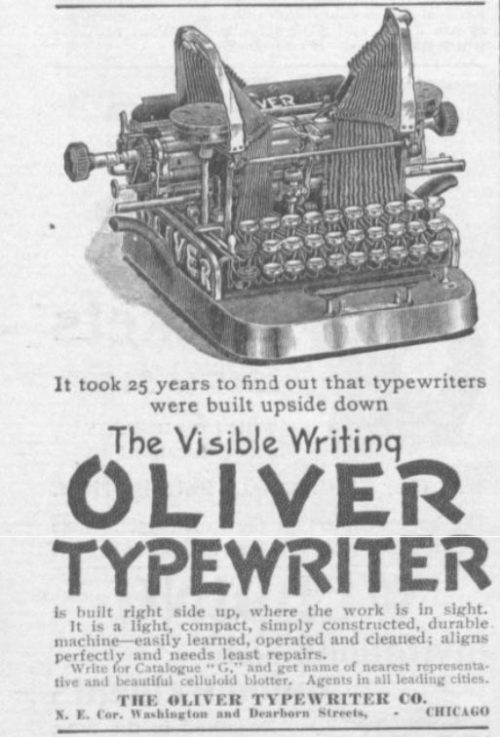
This is the first typewriter ad to appear in the Post. The design might look clumsy, but the Oliver typewriter offered one key improvement. Typists could actually see the letters they had just typed.
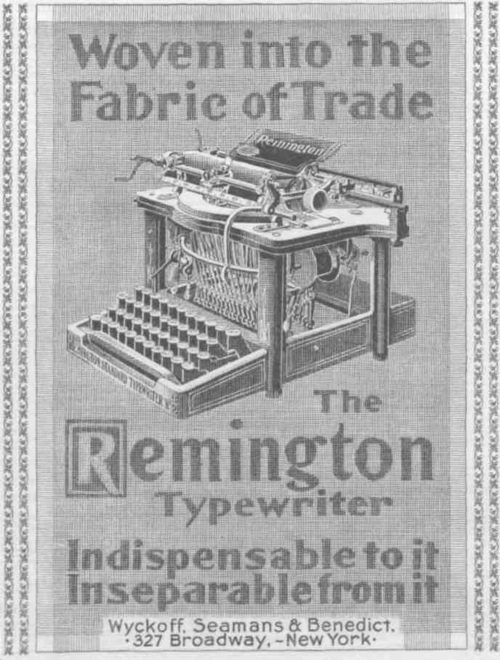
The first Remington typewriter ad appeared in 1899.
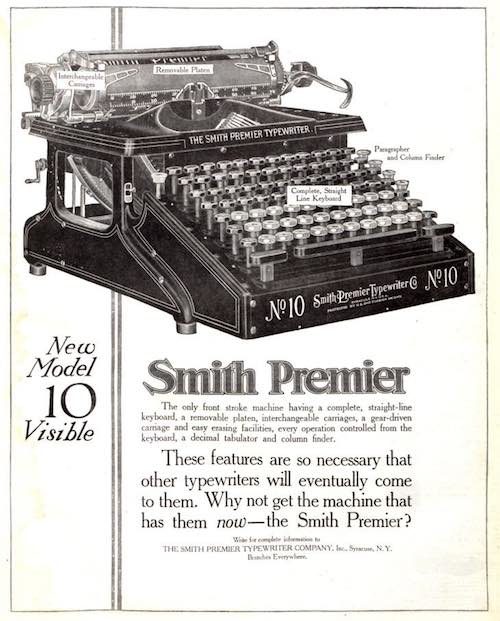
The Smith Premier Typewriter Co. was launched in 1886. This model had a larger-than-average keyboard — six rows of character keys instead of the usual four. The extra keys were needed for upper and lower cases.
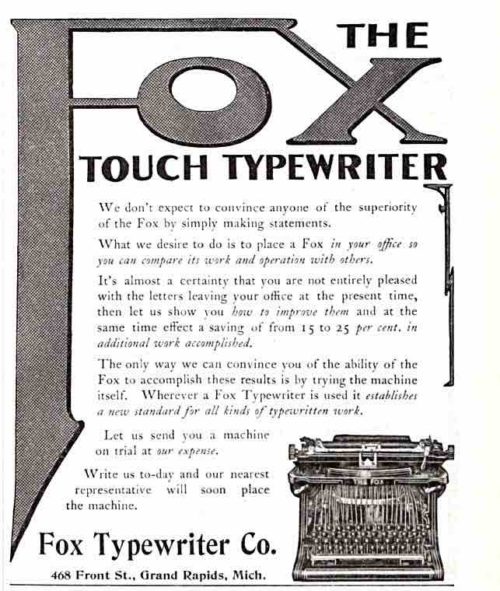
The Fox Typewriter Company of Grand Rapids made several models, including a portable version. The business folded after a lawsuit for patent infringement by the Corona typewriter company.
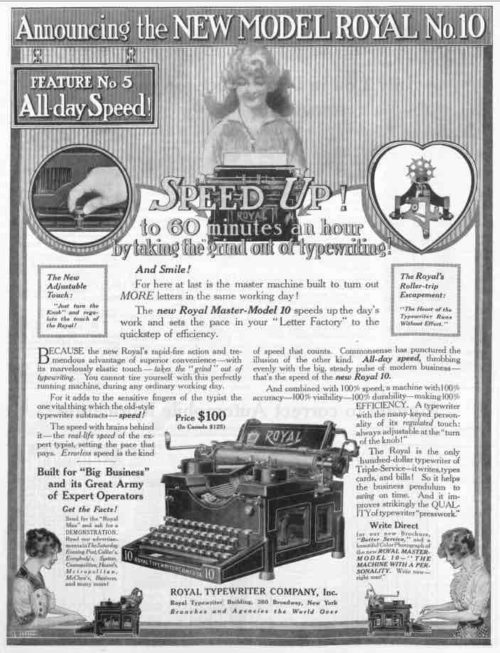
The Royal Typewriter Company’s ad talked of taking the exertion out of typing. If you ever had to use a manual, pre-electric typewriter, you know how you had to “punch” the keys, not at all like today’s keyboards. This model’s $100 price is the equivalent of $2,400 today.
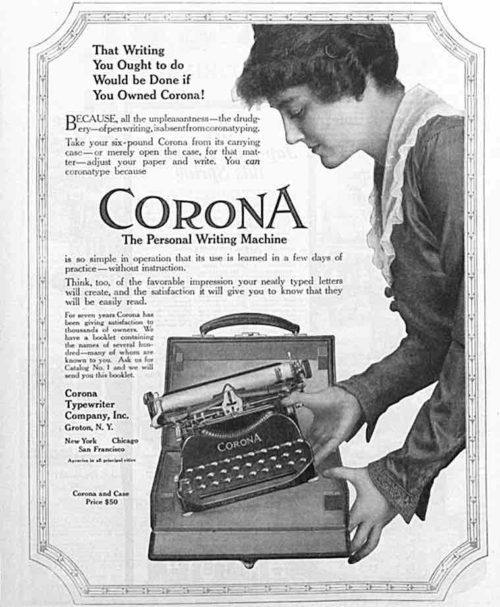
In Corona’s ad for its portable model, they show a woman with their typewriter. This might have been meant to emphasize how lightweight it was, but also acknowledged a new market that had opened up. Typewriters gave women wanting to earn their own income a chance to pick up a valuable skill that was in great demand in the business world.
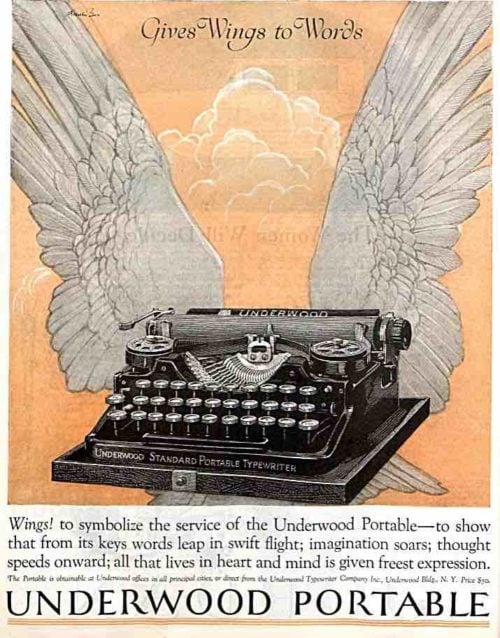
Underwood Typewriters were extremely popular; by the 1920s, they had sold two million machines. To keep up with demand, they modernized their factory until it was able to turn out one typewriter a minute.
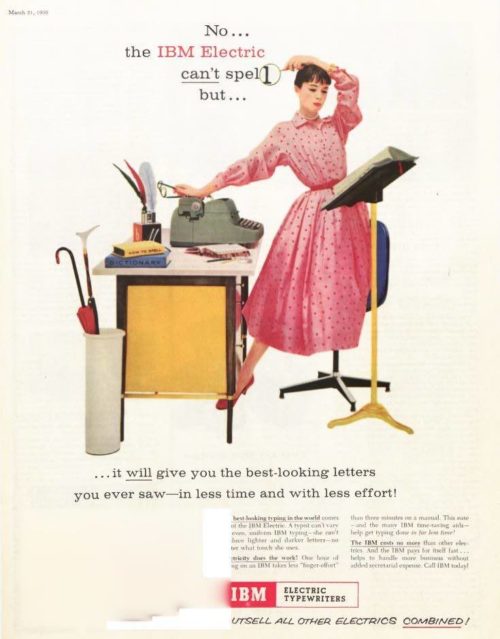
By 1955, there was a new name in the typewriter industry: International Business Machines. IBM was the only typewriter manufacturer to survive the migration from typewriters to computers.
Become a Saturday Evening Post member and enjoy unlimited access. Subscribe now
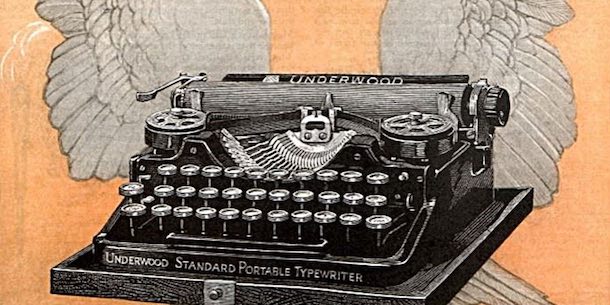
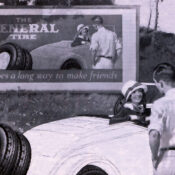
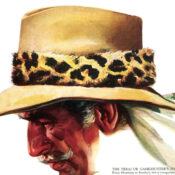

Comments
Mark Twain wrote in nineteen oh four
In his autobiography,
That what thing had hurt his morals more?
A damn typewriter that would be.
That machine made him want to swear,
As he typed “Tom Sawyer” on it.
In this assertion, did Twain err?
Facts say “Tom Sawyer” was handwrit.
Now later manuscripts did go
To his publisher typed out nice,
And first typewritten book we know
Was from Mark Twain – that should suffice.
But his own typing did Twain do?
Or hand to a hired typist to?
All very interesting ads, especially the one for the Smith Premier 10; very advanced. The heavenly Underwood Portable is wonderful too! I would venture to guess the sucessor models to these were just further refinements 95% overall, such as making them lighter.
The spools and tape remind me of old tape recorders used in the 1960’s and ’70s, as a matter of fact!